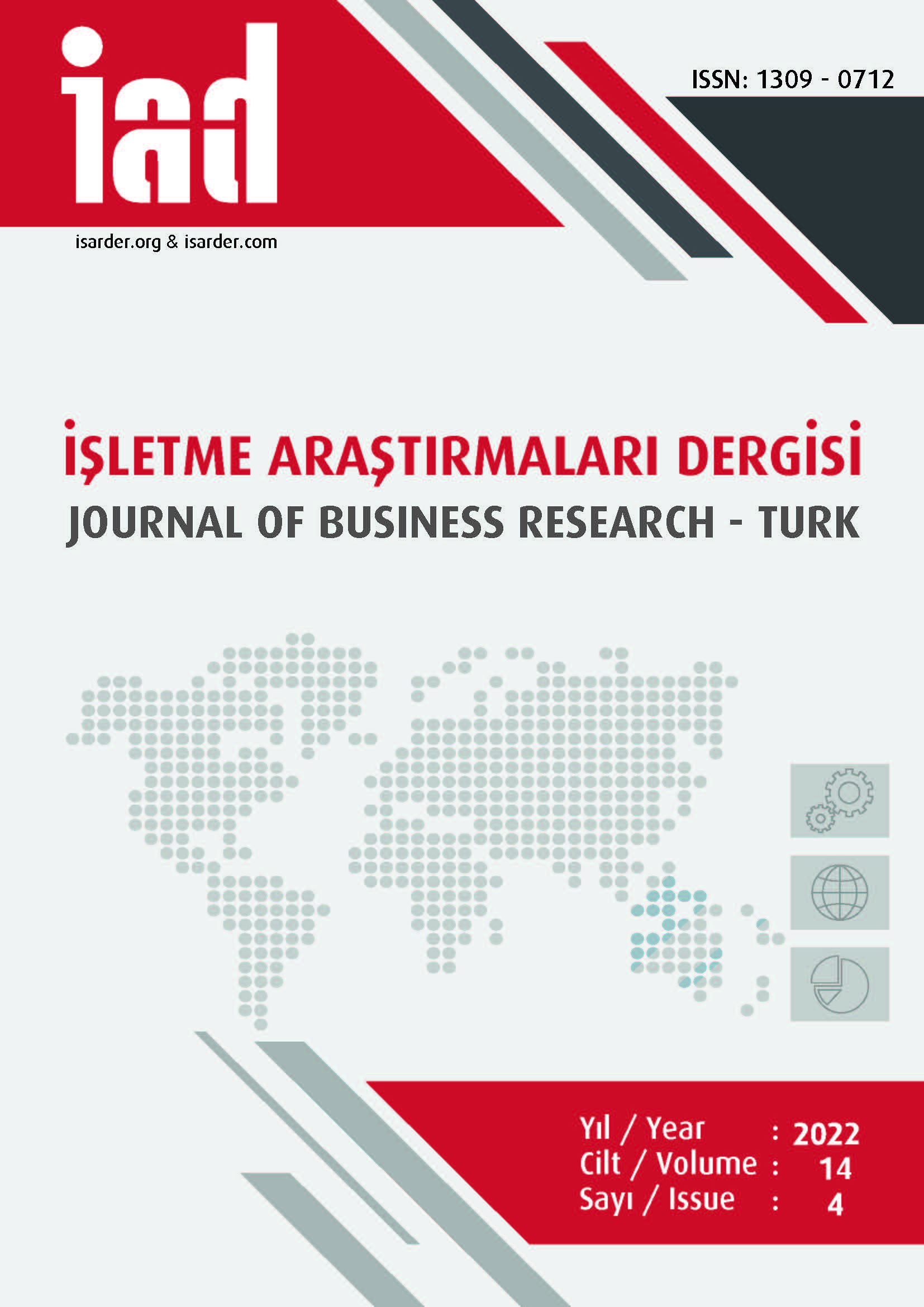Determination of Industry 4.0 Awareness and Maturity Level of SMEs: The Example of Şanlıurfa Province
DOI:
https://doi.org/10.20491/isarder.2022.1543Keywords:
Industry 4.0, Awareness level, Maturity modelAbstract
Purpose – The purpose of this study is aimed to determine the compliance levels of the companies operating in Şanlıurfa region with Industry 4.0 technologies within the scope of smart and sustainable supply chain and to reveal the Industry 4.0 awareness and maturity levels in terms of sectors. Design/methodology/approach – In order to determine the Industry 4.0 awareness level, 120 SMEs in Şanlıurfa province were taken into account based on sectoral differences. Four hypotheses about the Industry 4.0 awareness level were tested statistically, and differences were found on a sectoral basis. 12 companies from 4 different sectors operating in Şanlıurfa were contacted and their opinions were received with a total of 108 questions regarding Industry 4.0 maturity levels. Analysis of variance (ANOVA) of Industry 4.0 maturity levels between sectors, sustainability dimensions and Industry 4.0 tools was conducted. These parameters were tested statistically and differences were found on a sectoral basis. Findings – It has been determined that the awareness level of SMEs about Industry 4.0 is at a medium level. According to the results of the analysis on the Industry 4.0 maturity level, the values of understanding, application and development level differ according to sectors, sustainability dimensions and Industry 4.0 tools. It is found that the Internet of Things, one of the Industry 4.0 tools, is more effective with an average value above 3.0 in all sectors and contribution levels. According to the sector averages and the ASTZHO model application, the energy sector with the highest Industry 4.0 maturity score was followed by the food, machinery and textile sectors, respectively. Among the Industry 4.0 tools, the Internet of things is the technology in which the sectors achieved the highest maturity score, followed by cloud computing, additive manufacturing, simulation, robotic/autonomous systems and cyber security, respectively. Discussion: In this study, the necessity of developing common policies to increase the level of Industry 4.0 awareness in SMEs operating in the textile and food sector has been revealed. Using the ASTZHO model, the compliance levels of companies in different sectors to Industry 4.0 technologies were determined within the scope of smart and sustainable supply chain. The results show that companies operating in Şanlıurfa, especially in the textile sector, need to increase their awareness of Industry 4.0 technologies and sustainable supply chain dimensions.
Downloads
Published
How to Cite
Issue
Section
License

This work is licensed under a Creative Commons Attribution-NoDerivatives 4.0 International License.





